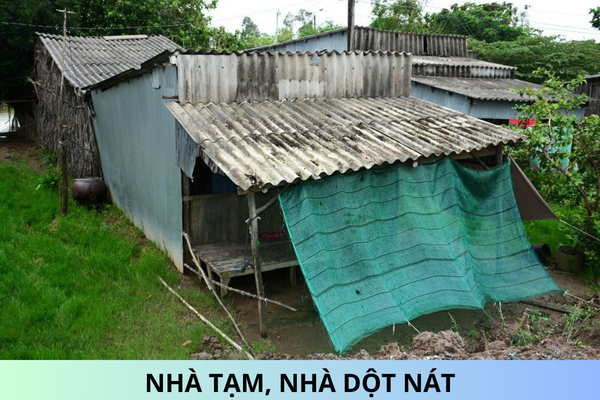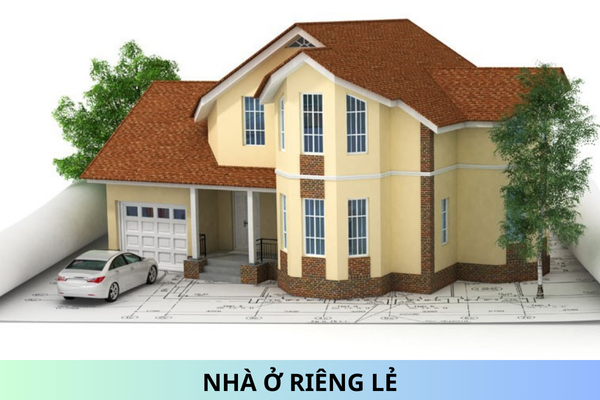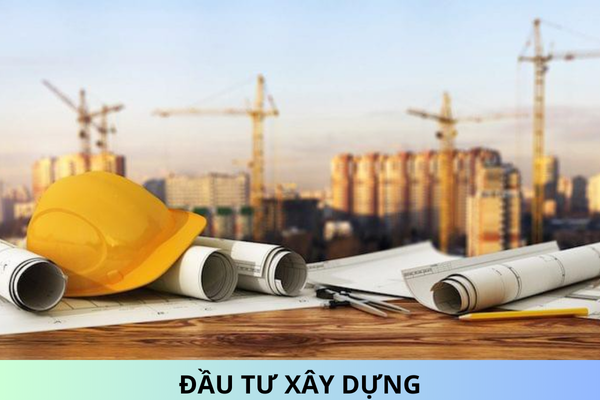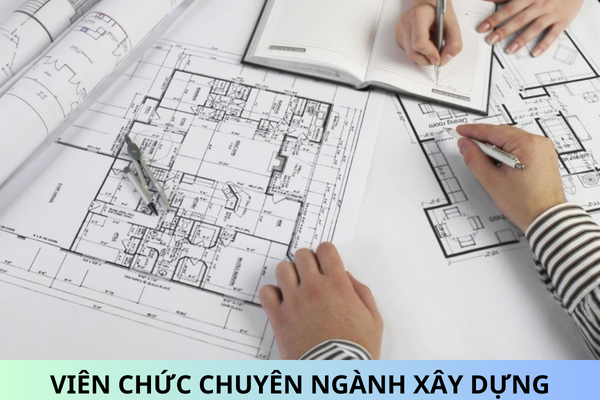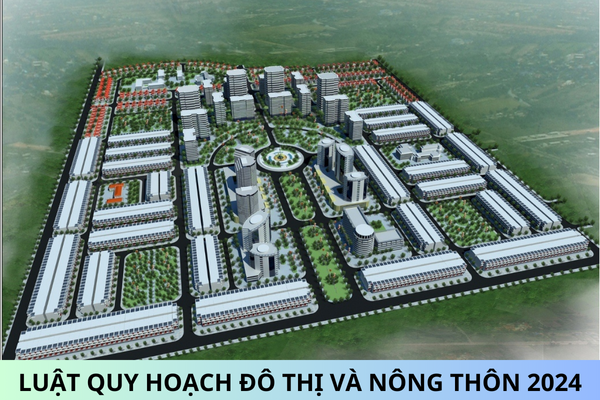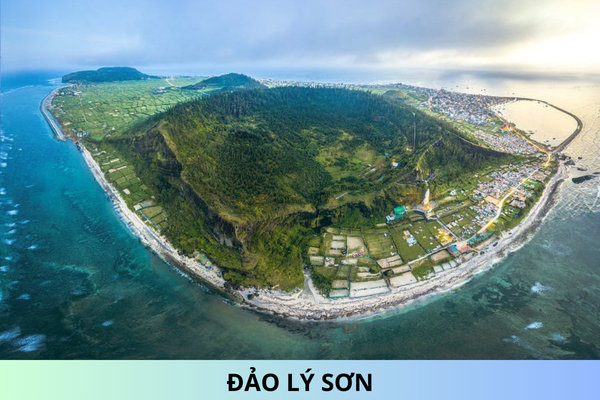Technical Safety Standards of Balcony Railings in Current Apartment Buildings
Based on Section 2 of Vietnamese Standard TCVN 4431:1987 on Safety Railings - Technical Conditions stipulating the technical requirements for safety railings as follows:
- The materials used to manufacture safety railings must be light and convenient for installation and dismantling.
- The distance between the connection points of the safety railings to the stable structures of the house or building must be determined according to the technical design but must not exceed 6m.
- Safety railings must be calculated for strength and stability under the impact of standard loads as prescribed in TCVN 2737:1978 for balconies.
The overload factor is taken as 1.2; the maximum deflection value due to load must not exceed 0.1m.
- The height of the safety railings must not be less than 1.1m, measured from the floor height to the top of the handrail.
- The distance between horizontal bars in the vertical plane must not exceed 0.45m.
- A vertical edge board with a height of no less than 0.15m must be placed at the edge of the floor to prevent debris and loose materials from falling from the floor or tiles.
- The weight of each structural component of the safety railing must not exceed 20kg.
- The structures of the house and buildings with safety railings must ensure corresponding durability and stability with the loads applied to the safety railings.
- The method of connecting the safety railings must ensure security, eliminating the possibility of detachment.
- The quality of materials, welding, connections, bolts, nails, and rivets must meet the approved technical design requirements.
- The signal paint color of the safety railings must comply with the current state regulations.
Sincerely!
